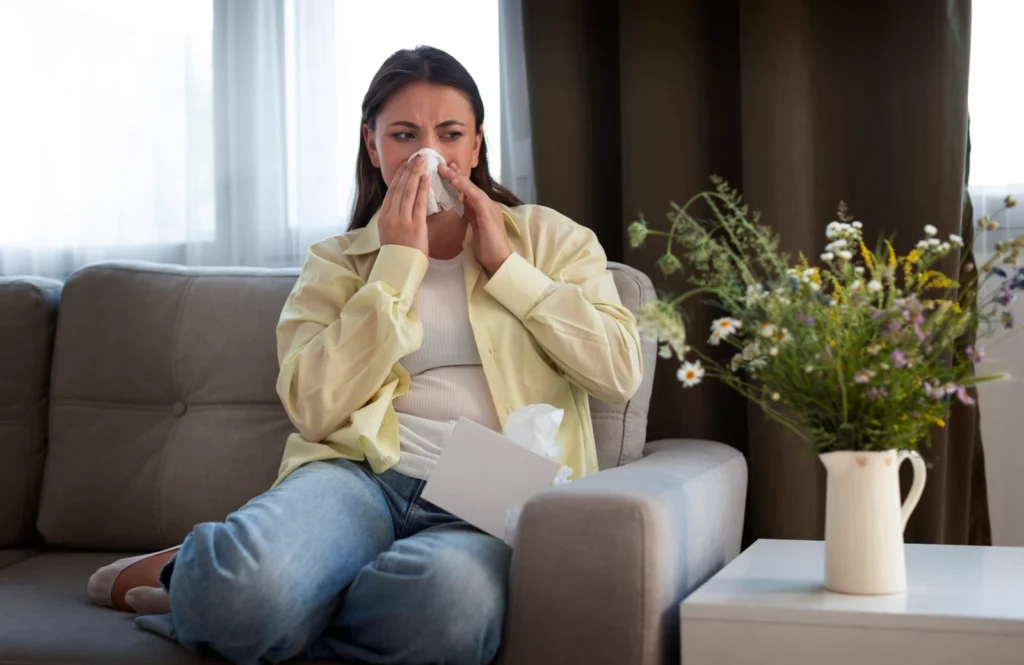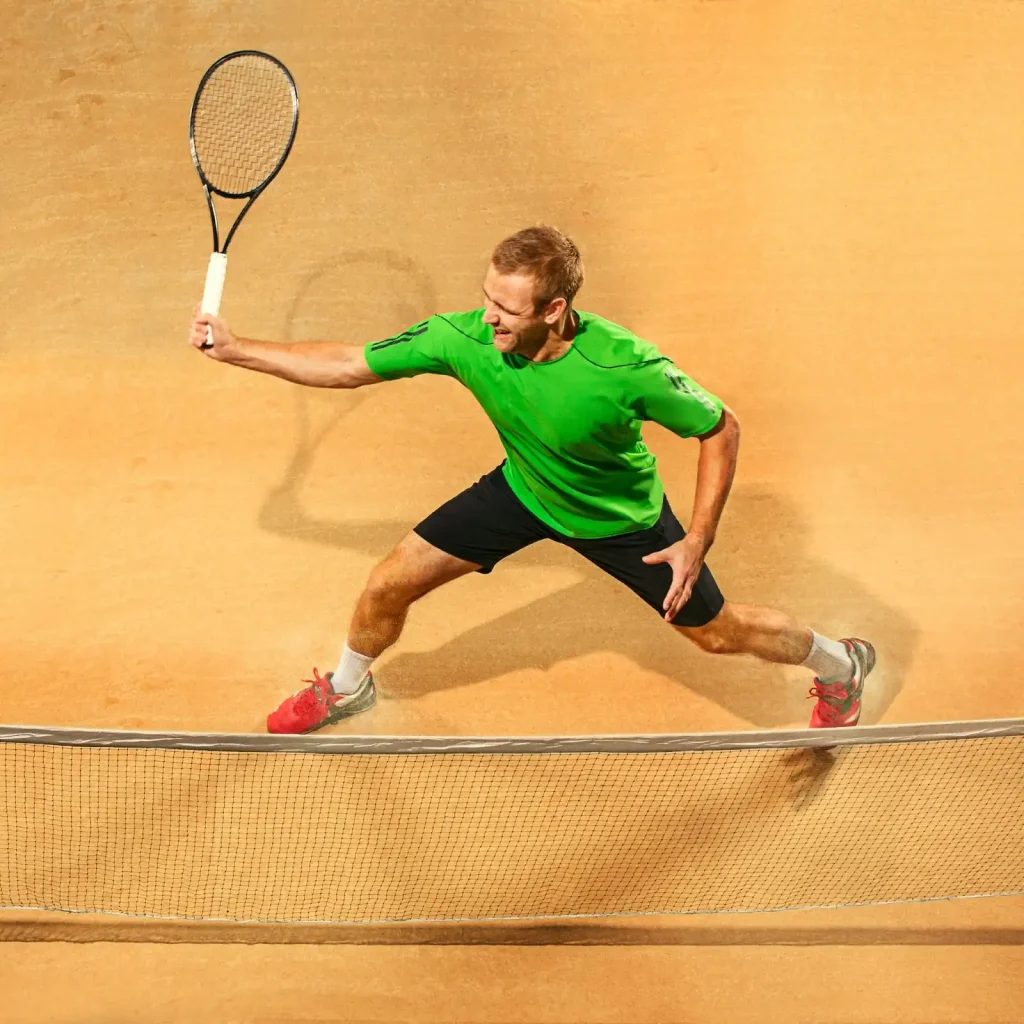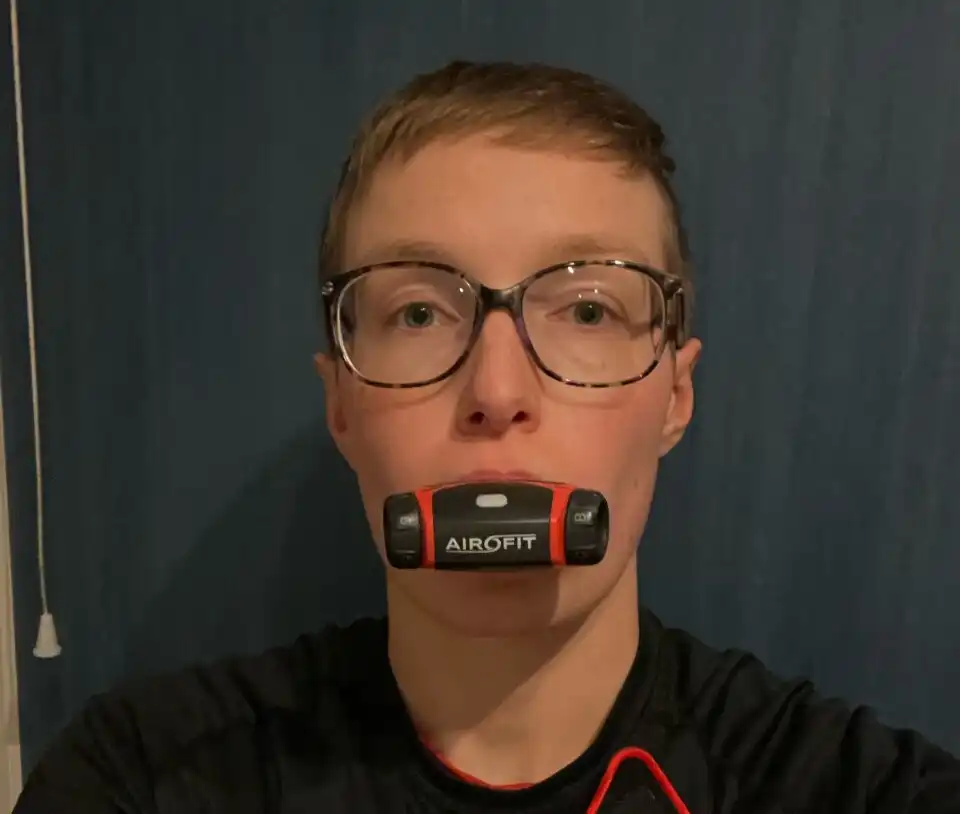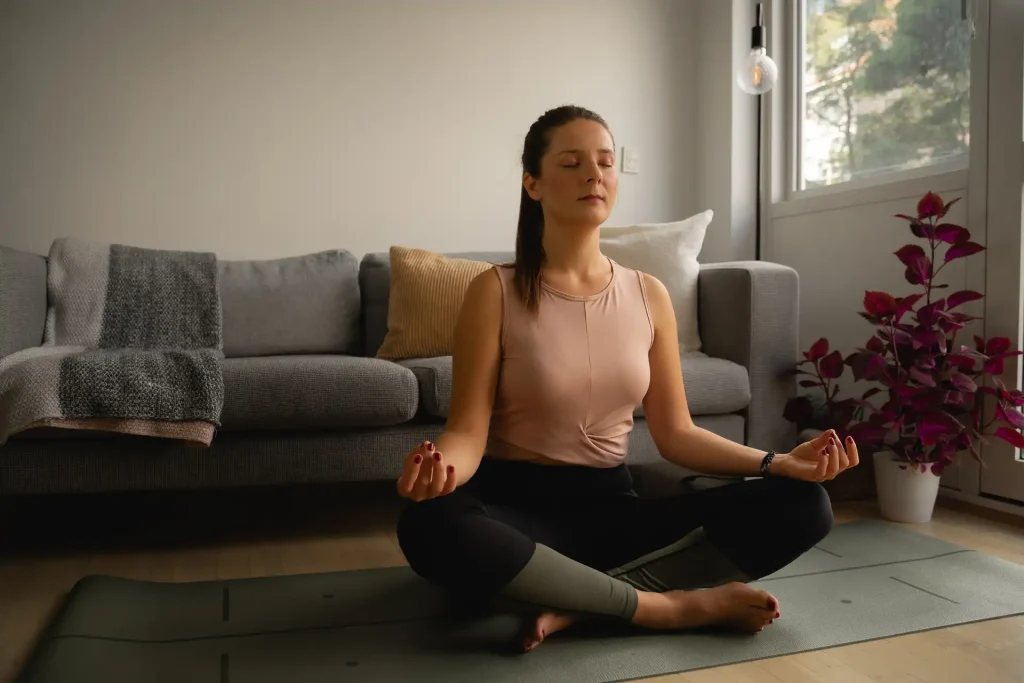RMT and Systemic Sclerosis (SSc)
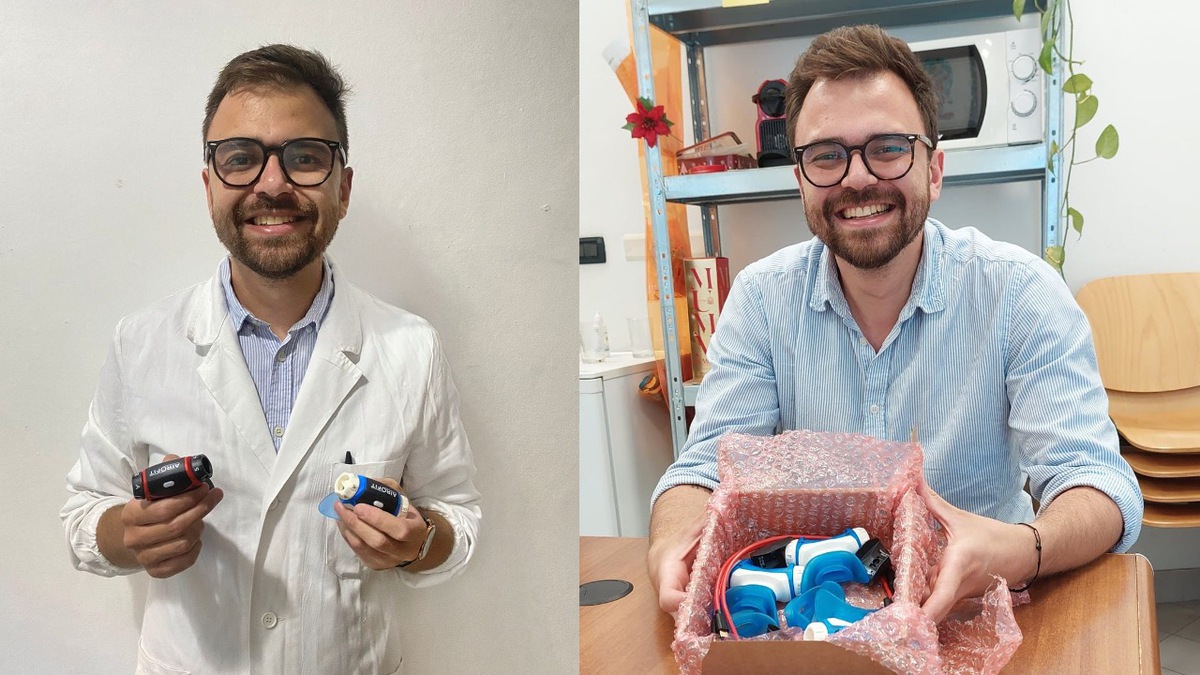
Gabriel Dias Rodrigues PhD, a native of Brazil, is a researcher at the University of Milan Department of Clinical Sciences and Community Health.
Gabriel is currently studying Scleroderma, or systemic sclerosis (SSc), which is a chronic connective tissue disease generally classified as an autoimmune disease.
The word “scleroderma” comes from the Greek word “sclero”, meaning hard, and the Latin word “derma,” meaning skin. Hardening of the skin is one of the most visible manifestations of the disease. The disease varies from individual-to-individual.
We asked him to tell us a bit about the condition, his research work and the role of respiratory muscle training.
Hi Gabriel, thank you for taking the time to answer a few questions!
Hi Jason, thank you! It is a pleasure!
Can you tell us a little about your background and current position?
I have an under-graduation in Physical Education and Sports and a Ph.D. in Physiology at Fluminense Federal University (UFF) in Brazil – South America. During my Ph.D., I worked on an internship project at the University of Milan (UNIMI) – Italy. As soon as I finished my Ph.D., I started a post-doctoral fellowship in Cardiovascular Science at UFF in Brazil. Nowadays, I am working in a research associate position at the University of Milan.
How did you come to be involved in researching RMT for people with systemic sclerosis (SSc)?
My first contact with SSc patients was in 2017 during my Ph.D. internship at Policlinic of Milan -Italy. Indeed, SSc patients (especially in the diffuse subset of SSc, when fibrosis extent to internal organs) have a reduced lung capacity that may impact their physical fitness and quality of life. So, from this rationale, I started my ongoing project on RMT in SSc disease.
Were you familiar with RMT techniques and devices before the latest study?
Yes. During my Ph.D., I worked with RMT in older adults. At that time, I investigated the RMT effects on cardiovascular autonomic control (assessed by the heart rate variability analysis), postural balance, and cerebrovascular control in older adults. So, I used my background in basic physiology and the laboratory facilities to explore these applications of RMT. It is relevant since older people often have respiratory muscle weakness, reduced lung capacity, postural instability, and increased risk of falls. In this way, the RMT should be a potential non-pharmacological strategy to offset the physiological decline of aging.
Do you think that RMT offers quite significant benefits for people with SSc or other respiratory and cardiovascular conditions?
Absolutely. There is evidence in the current literature that RMT benefits several respiratory and cardiovascular conditions, such as chronic obstructive pulmonary disease (COPD) and heart failure (HF). Also, our studies of cardiorespiratory physiological adaptations from RMT in older adults highlight mechanisms that deserve further studies in clinical conditions. So, it means that RMT applications, which are not conventional in this field to date, could be incorporated in the future.
Is RMT recommended to any of your patients?
The RMT should be recommended to the general population as a well-being strategy. To date, we do not know the specific recommendations and applications of RMT in SSc. However, based on their pathophysiological profile, I expect that RMT could be recommended for most patients.
Have you ever tried it yourself?
Sure! Since I started my first RMT research project (7 years ago), I have tried several RMT protocols by myself. Indeed, I can recognize some benefits that I investigate in my studies, like improved sleep quality, well-being, and stress control. Also, it helps me a lot in the practical skills of my projects and my knowledge of how patients think during the RMT protocol.
What about RMT as a general health and fitness aid? It’s being used by pro athletes and sports people. Do you think it could have a general application, like any other fitness tool?
The RMT has general benefits since most people do not train their respiratory muscles at least one time in their lives. So, the principle is the same as the others trainings: if you are sedentary, the initial training gain is higher. It means that if your respiratory muscles are “sedentary”, you probably recognize better the initial benefits of RMT. On the other hand, for athletes and sports people, I would like to say – Train your respiratory muscles like you train your other muscles! Off course, respecting your training program, but all athletes could have benefits from RMT.
How do you see the future in terms of progress on major respiratory conditions like SSc? Is there cause for optimism?
I am very optimistic. There is an avenue of knowledge behind this field. I think that more RMT studies should be conducted considering the progression of any respiratory disease, not only in the last stage or in the rehabilitation scenario but also pre-clinical forms.
Do you think we can use our Airofit platform and products to help to spread science-based advice and useful guidance on breathing techniques and health?
The Airofit platform helps the researcher as well as the RMT coach. There is an excellent dashboard with a session-by-session progression and different export settings, permitting a complete database for research or training monitoring. Also, all products have a friendly interface, which is advantageous for the users and may improve the participant’s compliance during RMT studies.
Do you have any advice or tips of your own that you’d like to share for better lung health?
First of all, take time to breathe. You could observe the mode of your breathing – the frequency and the depth. Start with controlled and abdominal breathing, avoiding the assistance of the neck and shoulders to breathe. Afterward, monitoring your lung and respiratory muscle functions and participating in a specific RMT program (depending on your goal) are fundamental points to be considered.
Thank you for your time Gabriel!
Thank you for the invitation. I hope to be back soon with some news. I also like to thank the support of the GILS group (Gruppo Italiano per la Lotta alla Scleroderma), my research team, and all patients involved in my project.
